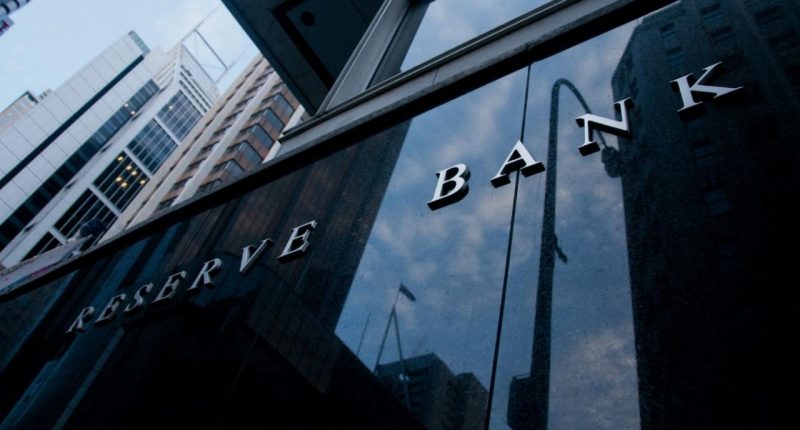- The Reserve Bank of Australia has warned of the risks of excessive borrowing in its financial stability report amid subdued interest rates and climbing asset prices
- In the central bank’s bi-annual April update, opening sentiments assured financial systems in Australia had remained strong in the face of a global pandemic
- In the same breath, however, the RBA warned that overvalued assets, weaker lending standards and lower interest rates could prove a risky concoction
- The official cash rate has remained unchanged at 0.1 per cent since November 2020
The Reserve Bank of Australia has warned of the risks of excessive borrowing in its financial stability report amid subdued interest rates and climbing asset prices.
The central bank today released its bi-annual financial stability update, which details its assessment of the global financial system and associated potential risks.
Initial sentiments affirmed that financial systems in Australia had been resilient in the face of the pandemic, citing the strength of Australian banks and their high capital and ongoing profitability.
However, in the same breath — and noting housing in particular — the RBA noted the potential stability risks associated with rising asset prices at home and abroad.
“Asset prices rising beyond fundamental values, rapid growth in borrowing and weaker lending standards would be a risk to financial stability,” it revealed.
While in admission that rising asset prices support economic recovery and reduce the risk of falling prices that could result in losses on loans, the RBA warned of rising asset prices and increasing debt, particularly if lending standards are weakened.
“Persistent increases in asset prices could lead to expectations rises will continue and so increase risk taking and borrowing, especially given low interest rates.”
The official cash rate has remained unchanged at 0.1 per cent since November 2020.
“This could push asset prices above their fundamental values which could lead to a correction in asset prices, which if borrowers’ income fell could expose lenders to large losses on higher debt,” it read.
These risks could stem from both lenders and borrowers according to the RBA commenting that even if lenders maintain standards for loan assessments, an increase in optimistic borrowers with higher risk tolerances could see a deterioration in the average quality of new lending.
“The improvement in lending standards in Australia for property from the mid-2010s helped to ensure borrowers were well placed to weather the economic shock over the past year, demonstrating the benefits to the financial system and the economy of appropriately controlling risks,” it concluded.








